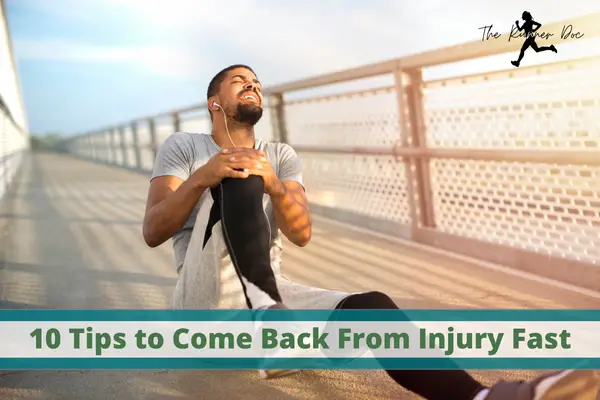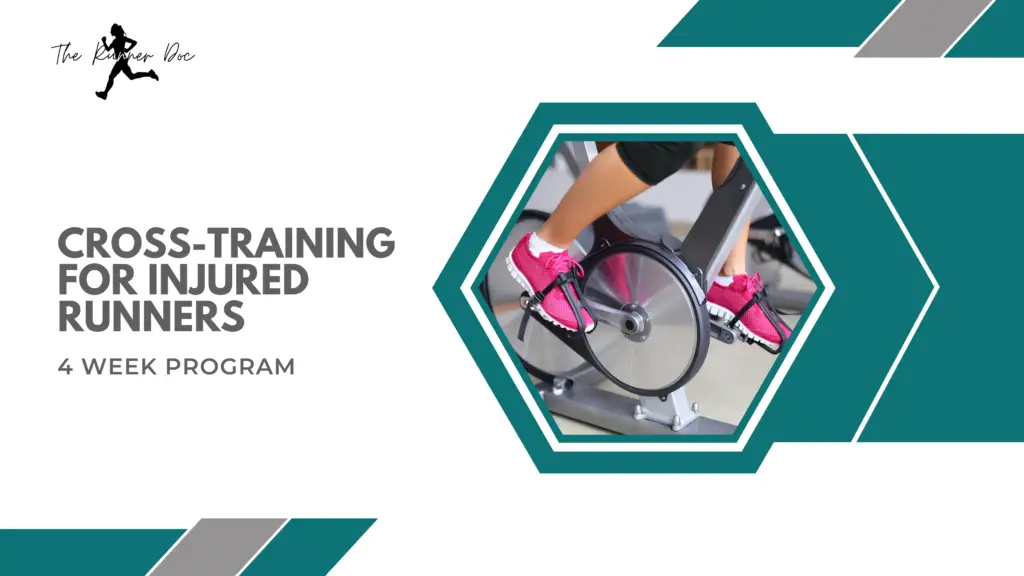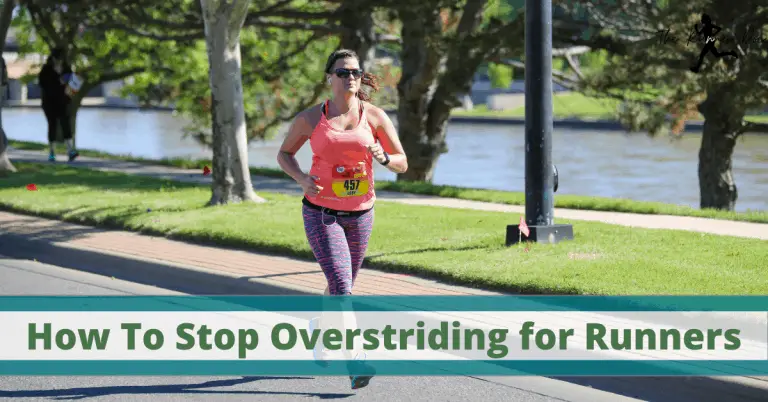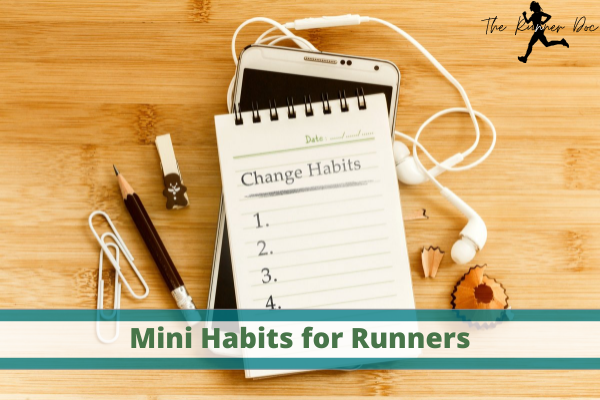10 Tips for Getting Back to Running Quickly After an Injury
How to Recover from a Running Injury
No runner wants to be sidelined by an injury. But sometimes, overuse injuries happen. If you’re a runner who has been dealing with an overuse injury, you might be wondering how you can get back to running as quickly—and safely—as possible. Here are 10 tips to help you make a full recovery and get back to the running that you love.
How to Return to Running Fast After an Injury
(THIS POST PROBABLY CONTAINS AFFILIATE LINKS. OUR FULL DISCLOSURE POLICY IS REALLY BORING, BUT YOU CAN FIND IT HERE.)
Getting injured as a runner sucks. It doesn’t matter if it is achilles tendinopathy, plantar fasciopathy, runner’s knee or some other injury such as an ankle sprain, it hurts and is frustrating to not be able to do what you love…RUN!!
Unfortunately, there isn’t a quick fix for returning to activity after getting hurt. Recovery from an injury while running takes time and consistency! You have to do the work and that is how you will quickly be back to better than before!
Trust the Process of injury recovery and you will be ahead of any other injured runner out there!
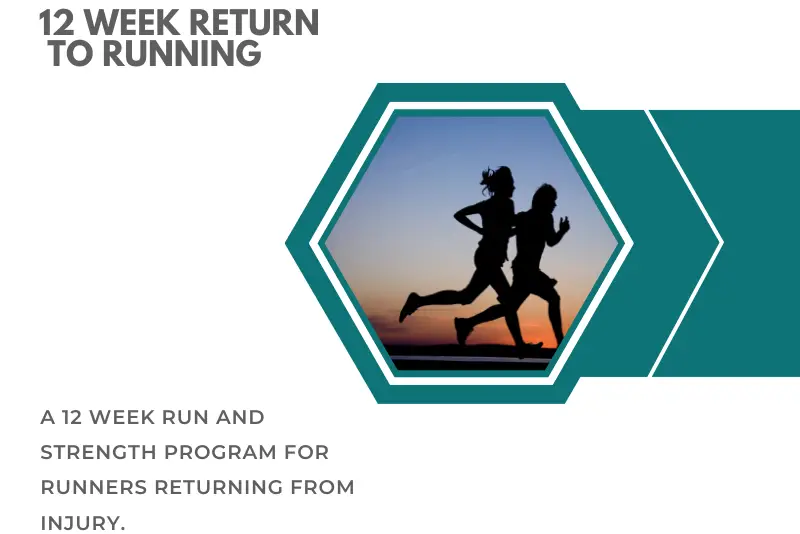
10 Tips to Recovering from a Running Injury Fast!
As I said, there isn’t a fast or quick fix for any injury, but there are things you can do to make sure you are getting out there as fast as possible. You never want to rush your recovery though because the injury will just come back and is usually worse than before! So take the time to heal the right way from a running injury!
1. Get a professional diagnosis.
The first step in any kind of recovery is getting a professional diagnosis. If you’re not sure what’s causing your pain, make an appointment with your doctor or a physical therapist. They’ll be able to tell you what’s going on and how best to treat it.

2. Take recovery Seriously.
Most injuries and pain won’t just miraculously go away. If it does because you have stopped running it will definitely come back as soon as you start again. Take the advice from your Physical Therapist seriously and DO THE WORK!! The tasks may seem simple and basic exercises but they work if done consistently!
3. Start Slow and Keep it Slow
When you’re ready to start running again, take things slow at first. Gradually increase your mileage and intensity level as your body adjusts back to running. If you start too fast, you risk re-injuring yourself or making your injury worse.
Make sure your easy runs are EASY too. When recovering from an injury you shouldn’t really be doing any specialty type workouts such as hills, sprints, fartleks, etc. The goal here is to just keep moving without pain at a SLOW EASY pace.
4. Cross-Train Wisely
During your recovery period, you might want to consider cross-training as a way to stay active without putting too much strain on your injured body part. Decreasing the amount of running you are doing will be beneficial to keep things from flaring up too much.
If you do decide to cross-train, be sure to choose activities that won’t aggravate your injury. The activity should not increase your pain above a 5/10.
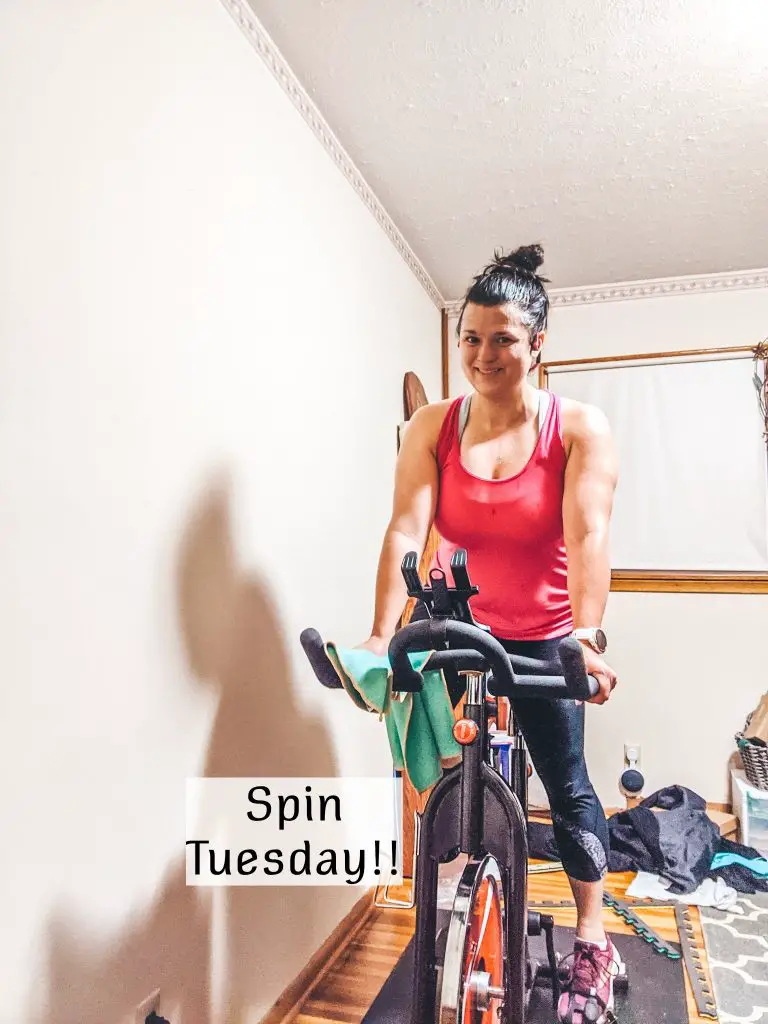
5. Modify based on your Pain.
My rule of thumb is to keep running and training, just modify what you are doing. Pain should be your guide. Think of a scale of 1-10 with 10 being the worst pain you have ever felt. Now, after you run or during your run, check in to see what your pain or discomfort level is. If it is less than that 5/10 mark then you are good to go!
The key here is to BE HONEST with yourself. Don’t use this as an excuse to rate your pain lower just so you can keep running. This will prolong your recovery and make getting back to your regular running take even longer!
6. Warm-up and Cool-down .
Before each run, or any activity, be sure to spend some time warming up with some light cardio and dynamic stretching exercises. After your run , cool down with some static stretches held for 20-30 seconds each. These simple steps will help prepare your body for the stresses of running and aid in recovery afterwards.
7. Take some time off
But only until you get evaluated by a professional. Once you have the all clear then start back into your runs slowly and safely. Listen to your body and make sure your pain is under control as described above.
Continuing to run in a modified way/amount is going to actually help you with your recovery and make sure you are coming back at full strength.
Related: How to Come Back to Running After a Break
8. Strength Train
Strength training is another important aspect of injury prevention and recovery for runners. In addition to improving overall fitness, strengthening exercises can help correct imbalances in muscle strength that can lead to overuse injuries.
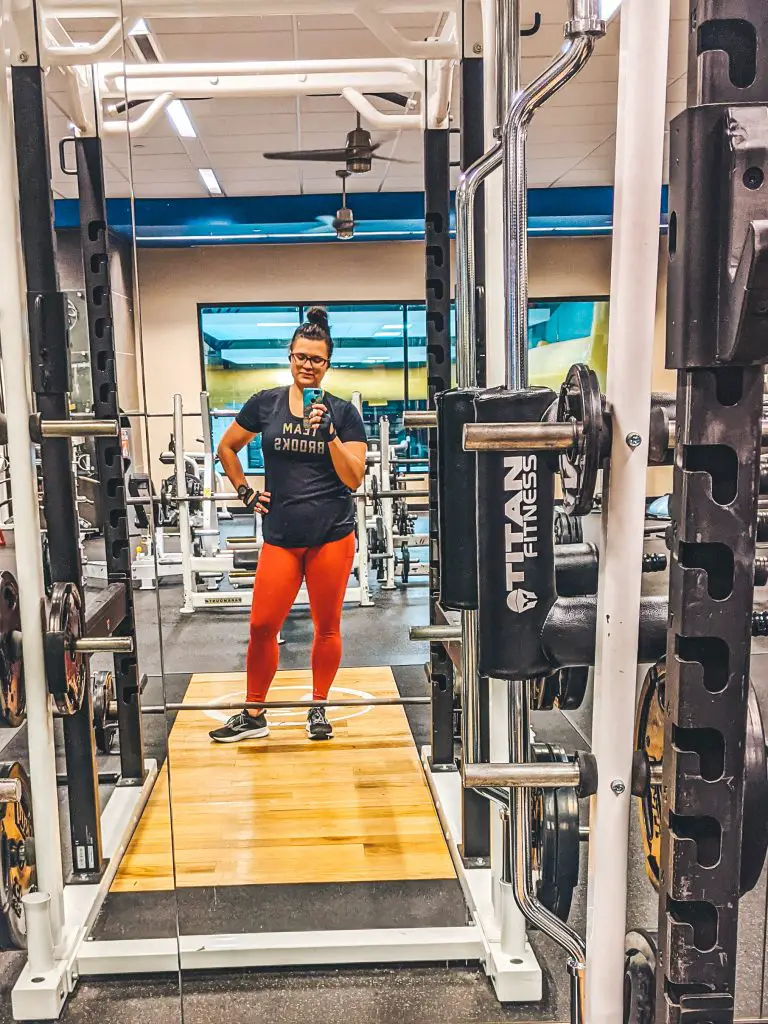
Not only should you be doing and continue doing a well rounded strength program. Most injury recovery programs given to you by a Physical Therapist will include even more strength and mobility work. Strength is a key to injury recovery and prevention!
9. Eat Well
Eating nutritious foods helps fuel your runs and aids in recovery afterwards . Make sure to include plenty of lean protein , fruits , vegetables , healthy fats , and complex carbohydrates in your diet. Just because you are injured doesn’t mean you can stop fueling for your goals. If you need some help and ideas on fueling as an injured runner I have a whole article about it!
10. Get enough sleep
Getting enough sleep is critical for both runners and non-runners alike. Everyone needs 7-8 hours per night. You might say that you do just fine on 6 hours or less, but new research is showing that less than 7 hours can wreak havoc on your body.
So sleep, it does wonders for your body!
Final Thoughts on 10 Steps to Recover from a Running Injury
Making a full recovery from a running injury can take time—but it’s worth it! By following these tips, you’ll be back on the roads or trails before you know it!
Remember that there isn’t a quick fix for any injury. It takes time and patience as well as dedication. Trust the professionals and TRUST THE PROCESS!!
Related Articles to Recovery from Running Injury Tips
- Top Foot Strengthening Exercises for Runners: Keep Your Running Feet Happy!
- 5 Benefits of Tai Chi for Runners {it is Perfect for ALL ages}
- Should Runners Stretch Before a Run? It is a Waste of Time!
- What is Mobility and Why Runners Need it Today.
AFFILIATE DISCLOSURE
As an Amazon Associate, I earn from qualifying purchases. This post may contain affiliate links. If you use these links to buy something we may earn a commission. The Site may contain links to affiliate websites, and we receive an affiliate commission for any purchases made by you on the affiliate website using such links.
All information should be used as a tool for more knowledge on the subject topic, to use as references for later articles where applicable, or just to keep it in mind during future exercise routines or activities.
This article is not meant to give medical advice or to replace professional health care. Should any ailment occur please contact your doctor or physical therapist immediately to keep yourself safe and prevent further damage.
The author is not liable for any personal or commercial damage directly or indirectly related to the content hereof. You are responsible for adhering to local laws and regulations regarding health & safety, including proper use of equipment or safety gear, and compliance with governing healthcare associations, and state, and federal regulations.
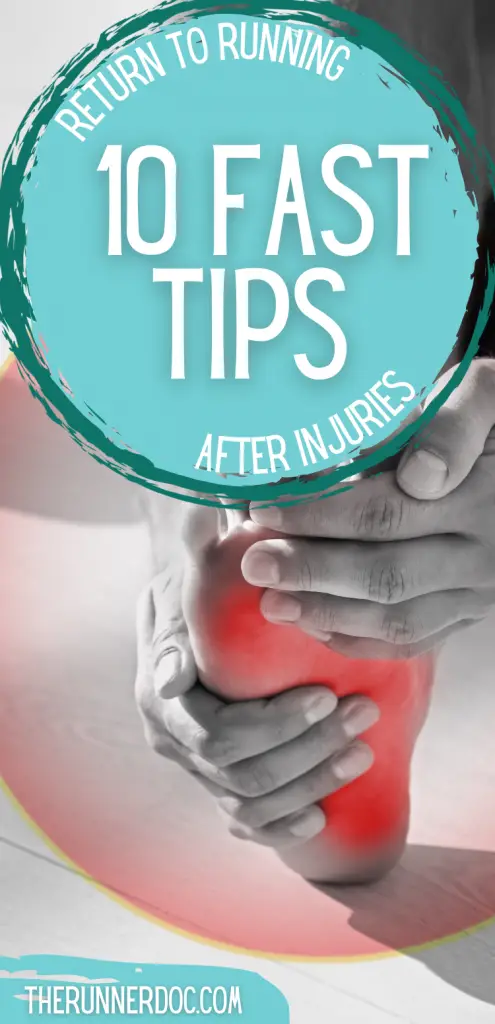
10 Crucial Steps to Recovering from a Running Injury
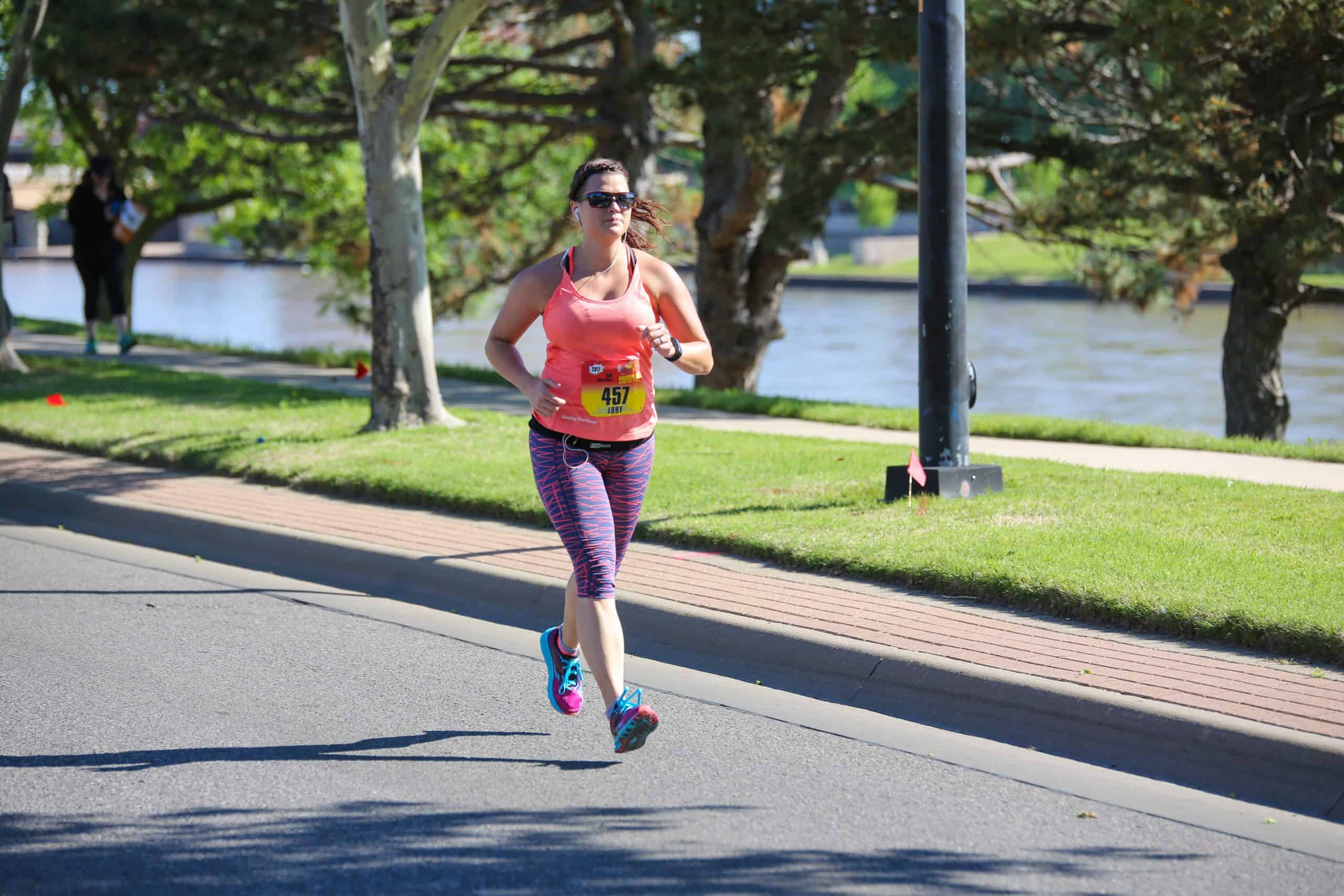
Dr. Abby Siler, PT, DPT is a Physical Therapist with 10 years of experience in a variety of settings. She has spent the majority of her time treating athletes in orthopedic clinics and worker’s compensation cases. She is a runner herself for the past 15 years and a lifelong athlete. Dr. Abby loves to teach runners how to stay injury free and out of her clinic.

